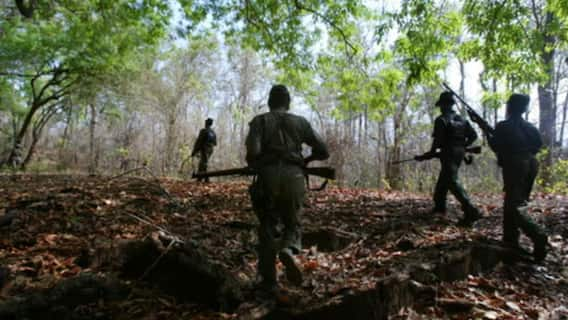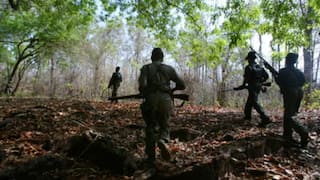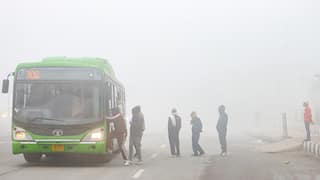Explorer
Advertisement
Slow-motion earthquakes may also lead to tsunamis

New York: Slow-motion earthquakes or 'slow-slip events' can rupture the shallow portion of a fault that also moves in large, tsunami-generating earthquakes, new research has found.
Slow-slip events are similar to earthquakes, but instead of releasing strain between two tectonic plates in seconds, they do it over days to weeks, creating quiet, centimetre-sized shifts in the landscape.
Using a network of highly sensitive seafloor pressure recorders, an international team of researchers from the US, Japan and New Zealand detected a slow-slip event off the east coast of New Zealand.
"Our results clearly show that shallow, slow-slip event source areas are also capable of hosting seismic rupture and generating tsunamis," said study co-author Yoshihiro Ito, professor at Kyoto University in Japan.
"This increases the need to continuously monitor shallow, offshore slow-slip events at subduction zones, using permanent monitoring networks similar to those that have been established offshore of Japan," Ito noted.
The study, published in the journal Science, was undertaken at the Hikurangi subduction zone, where the Pacific Plate subducts beneath New Zealand's North Island.
The slow-slip event lasted two weeks, resulting in 15-20 centimetres of movement along the fault that lies between New Zealand and the Pacific Plate, a distance equivalent to three to four years of background plate motion.
If the movement had occurred suddenly, rather than slowly, it would have resulted in a magnitude 6.8 earthquake.
The slow-slip event that the team studied occurred in the same location as a magnitude 7.2 earthquake in 1947 that generated a large tsunami.
The finding increases the understanding of the relationship between slow-slip and normal earthquakes by showing that the two types of seismic events can occur on the same part of a plate boundary.
In a few cases, these small shifts have been associated with setting off destructive earthquakes, such as the magnitude 9.0 Tohoku-Oki earthquake that occurred off the coast of Japan in 2011 and generated a tsunami that caused the Fukushima Daiichi nuclear power plant disaster.
"Our New Zealand experiment results demonstrate the great potential for using offshore monitoring systems at subduction zones in the Pacific Northwest for tsunami and earthquake early warning," study co-author Spahr Webb from Columbia University's Lamont-Doherty Earth Observatory noted.
Follow Breaking News on ABP Live for more latest stories and trending topics. Watch breaking news and top headlines online on ABP News LIVE TV
View More
Advertisement
Trending News
Advertisement
Advertisement
Top Headlines
Cities
Cities
Cities
Cities
Advertisement


Sayantan Ghosh
Opinion






































